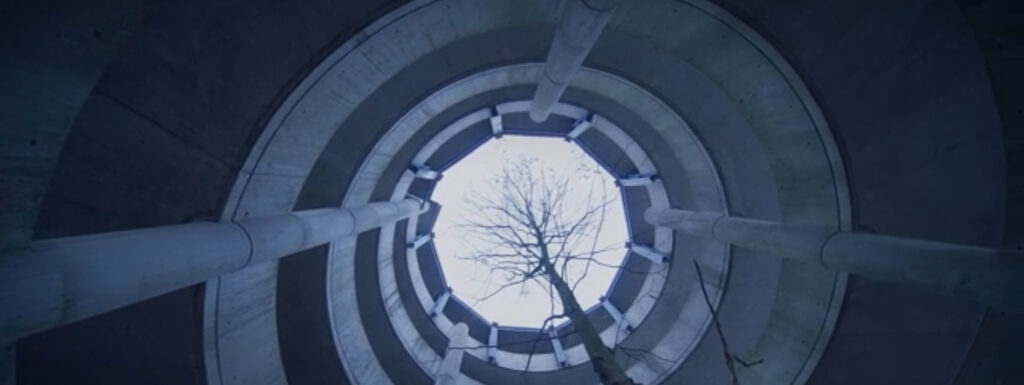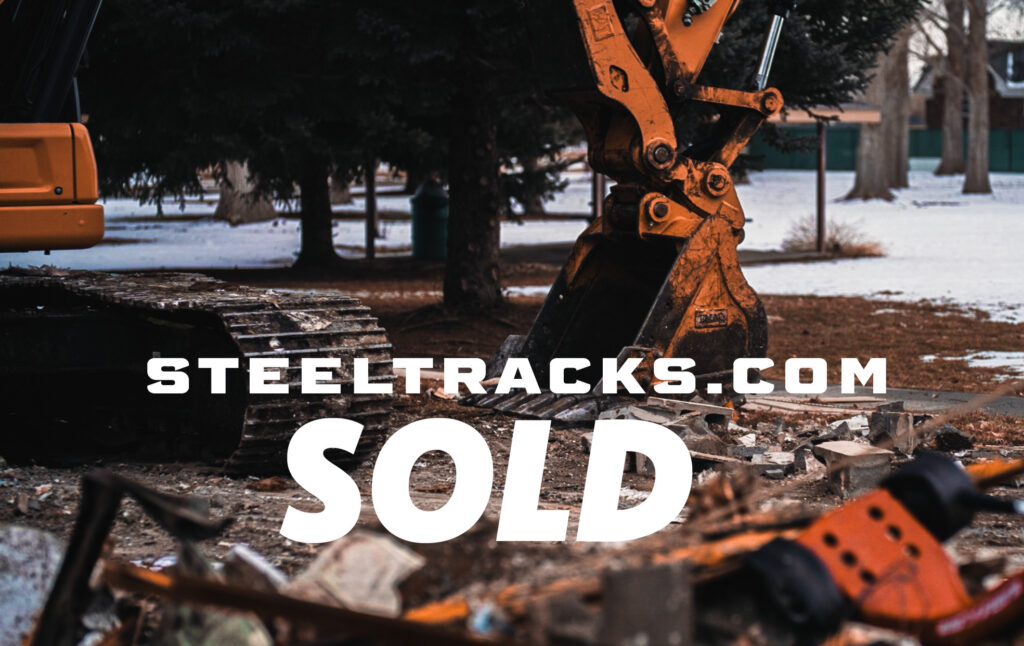Sporecrete, a Self-healing concrete is an innovative area in materials science focused on using biological or chemical agents to repair cracks and fissures within concrete automatically, extending its lifespan and reducing the need for costly maintenance. The two main approaches in self-healing concrete are chemical encapsulation and biomineralization.

Key Innovations in Self-Healing Concrete
- Bacterial Concrete (Biomineralization): This concept has gained substantial attention. In bacterial concrete, bacterial spores are embedded in the concrete mix along with nutrients. When cracks form, water seeps in, activating the bacteria. The bacteria then consume the nutrients and produce calcium carbonate as a byproduct, which fills in the cracks. One of the most commonly used bacteria is Bacillus, due to its resilience in harsh environments.
- Chemical Encapsulation: Here, microcapsules filled with healing agents (e.g., epoxy resins or sodium silicate) are mixed into the concrete. When a crack occurs, the capsules rupture and release the healing agent, which hardens and seals the crack. This method is less “biological” but effective in creating responsive, self-sealing concrete.

Where Sporecrete Could Fit In
The idea of Sporecrete using spores—perhaps fungi or other organisms that can survive in the concrete matrix—could leverage unique biological processes beyond calcium carbonate formation. Here’s how it could stand out:
- Self-Healing Through Biomass Growth: Certain fungi and bacterial spores can produce fibrous networks or minerals that could help bridge gaps within the concrete.
- Environmental Benefits: Spores in Sporecrete could be chosen for their ability to sequester CO₂ during growth, contributing to sustainability goals.
- Resilience and Longevity: Spores are incredibly resilient to environmental stressors. Fungal spores, for instance, could remain dormant for years and activate only when necessary, meaning Sporecrete could potentially “come to life” only when repairs are needed.
Potential Benefits of Self-Healing Sporecrete
- Cost Reduction: Reduced need for repairs could translate into significant savings over time, especially for large-scale infrastructure.
- Environmental Sustainability: By decreasing the frequency of concrete production for repairs, we reduce emissions and resource use.
- Structural Integrity: Self-healing properties help structures maintain their strength over time, making buildings, roads, and bridges safer.
Current Challenges
Creating self-healing concrete that is commercially viable still has challenges, such as ensuring the longevity of the spores and making sure the material is robust enough for heavy infrastructure. However, with advancements in biotechnology and materials science, the idea of Sporecrete and other self-healing concretes could become practical and scalable in the near future.
AI has the potential to dramatically accelerate the development and deployment of self-healing concrete. By analyzing vast amounts of data, modeling material interactions, and simulating performance, AI could streamline several stages of the research and implementation process:
- Material Discovery and Optimization: AI can analyze the chemical and physical properties of a wide range of spores, bacteria, and other agents that might be effective in self-healing. Using machine learning, scientists can predict which combinations are most likely to succeed without having to test each in the lab. This could lead to the discovery of novel spores or microbial interactions specifically suited for use in concrete.
- Predictive Maintenance and Performance Modeling: AI can predict how and where cracks are likely to form based on factors like stress, temperature, and usage patterns. By learning from patterns in existing structures, AI models can recommend the optimal composition of self-healing agents and preemptively alert engineers to potential weaknesses. This can extend the lifespan of new concrete materials by ensuring they’re tailored to specific conditions.
- Accelerated Lab Testing with Simulation: AI models can simulate years of wear in a fraction of the time, allowing researchers to see how self-healing materials respond over the long term. This would enable faster iteration and improvement of designs without waiting for real-time testing.
- Quality Control and Real-Time Monitoring in Deployment: With embedded sensors and IoT devices, AI could continuously monitor the health of concrete structures in real time. When AI detects stressors or small cracks, it could activate the self-healing mechanisms at the exact points of need. Additionally, it can alert maintenance teams if further intervention is required, minimizing downtime and repair costs.
- Scaling and Cost Optimization: AI-driven logistics and manufacturing solutions could reduce costs by finding the most efficient ways to produce, transport, and deploy self-healing concrete. In commercial construction, cost-effectiveness is often a barrier to innovation, but AI might help scale this technology in a way that makes it accessible across a wider range of applications.
It’s a promising convergence—AI can help expedite the complex process of translating a visionary concept like Sporecrete from scientific research to widespread, real-world application. The combination of AI, biotechnology, and materials science could make self-healing, eco-friendly infrastructure a practical reality sooner than we might expect.












